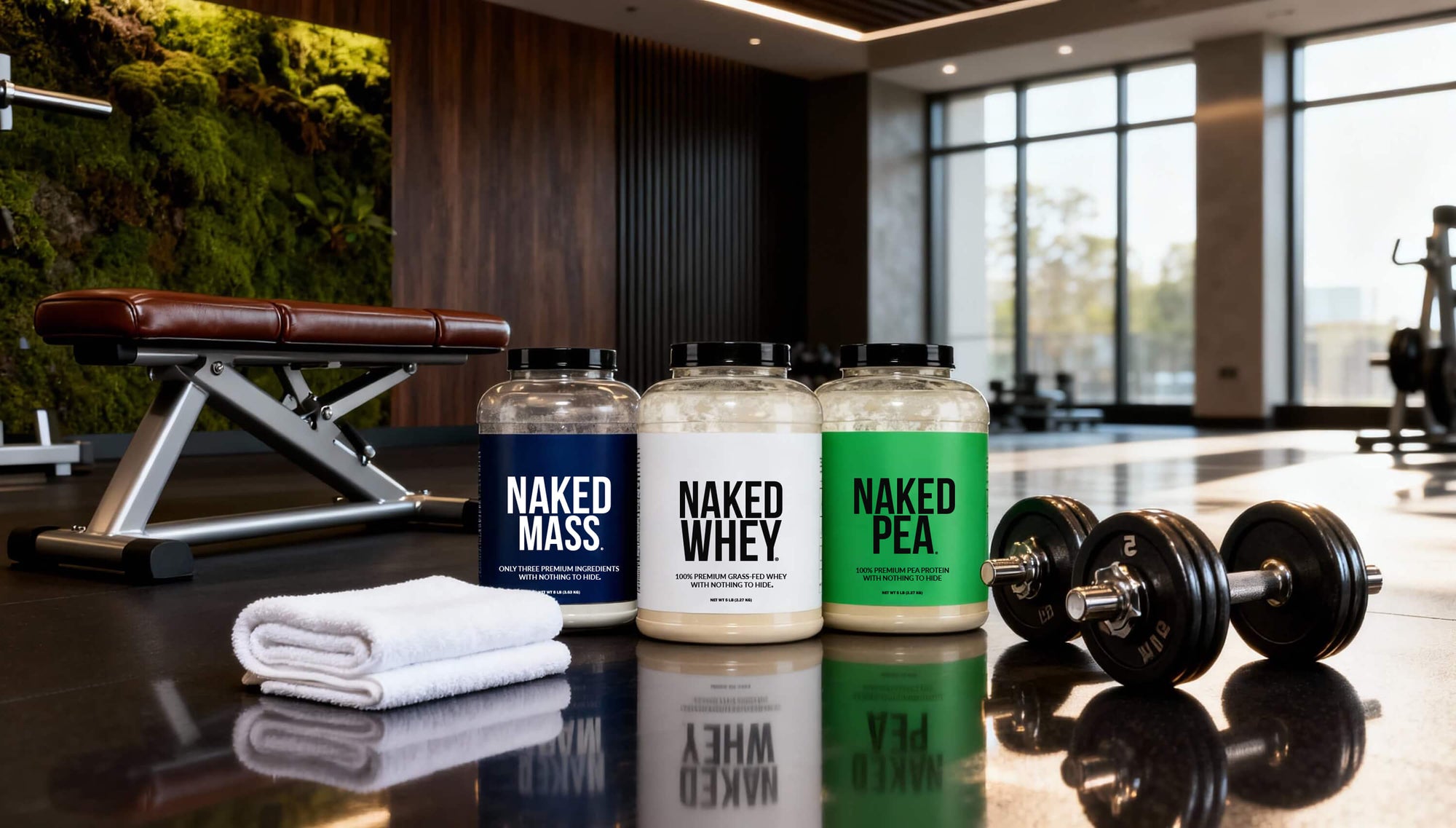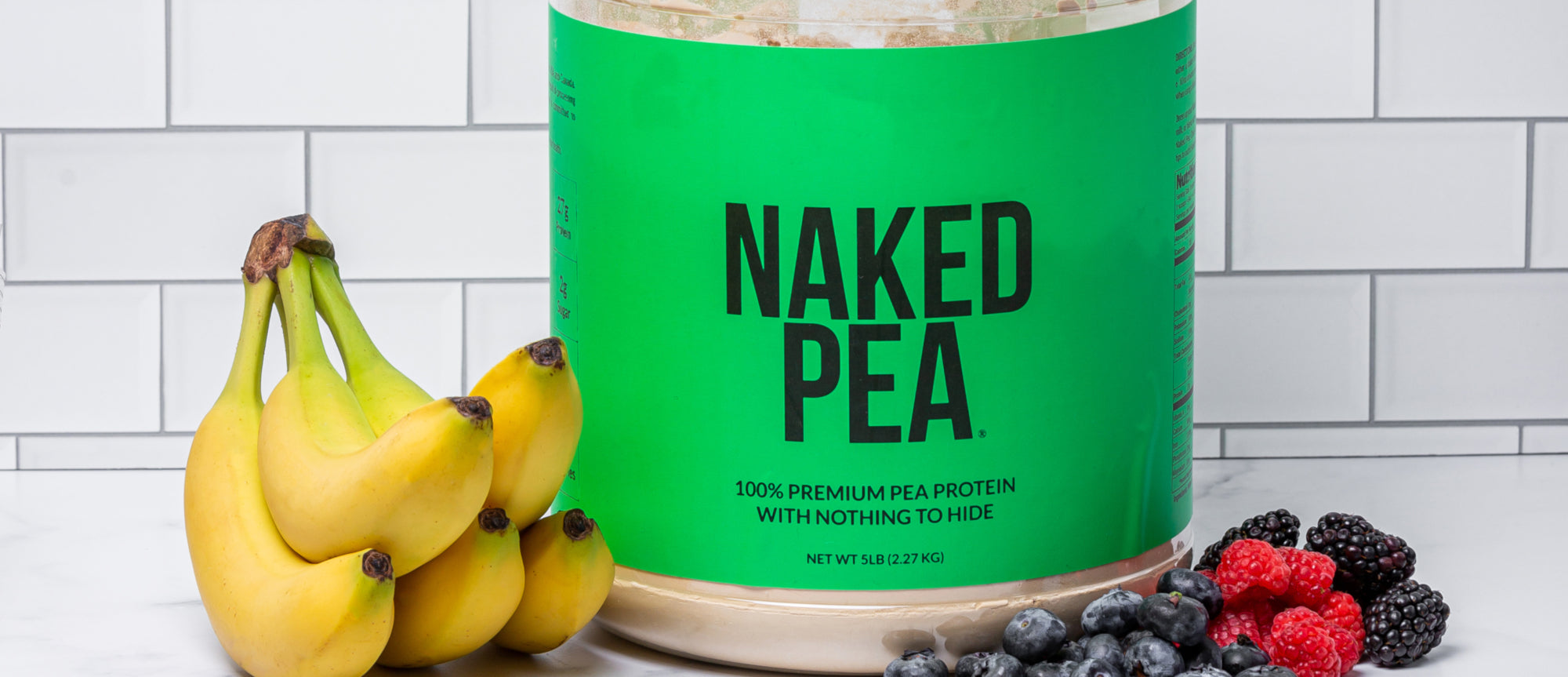
Do you want to run faster, run further, lift more, and just generally increase your athletic performance?
Oxygen holds the key to doing all this. Oxygen is how your body gets the energy it needs to perform high-intensity tasks.
Oxygen is the fuel that produces energy, which is delivered via the bloodstream to your muscles. The more efficient this process works in your body, the more fuel you’ll get from each breath, and thus the better your performance will be over time.
There’s a metric that measures how well this process works, called VO2 max. This metric may be one of the most important things to track in terms of measuring your overall fitness and endurance.
Read on and we’ll explain just what VO2 max is, how to measure it, and how to increase your VO2 max.
What is VO2 Max?

VO2 max is the maximum rate of oxygen your body can utilize during strenuous exercise. It’s measured in milliliters per kilogram per minute - showing how much oxygen your body has the ability to use, relative to your body weight.
When the body utilizes oxygen, it does so by converting it into adenosine triphosphate, or ATP, which is a form of energy that drives many of our body’s athletic processes.
The higher your VO2 max, the more oxygen your body is able to process and convert into ATP energy.
What Does VO2 Max Indicate?

VO2 max is one of the best indicators of endurance, and the ability to perform aerobic activities like running, cycling, and swimming.
It’s important to note that VO2 max is not the same as lung capacity. Lung capacity shows how much oxygen you are capable of breathing in. However, your body may be more or less efficient at actually using this oxygen, and converting it into ATP.
Think of VO2 max like fuel efficiency for your car. The higher your VO2 max, the more miles you can get out of each breath.
The size of your tank (i.e. lung capacity) may vary. But even if your lung capacity is quite high, your body’s ability to efficiently convert the oxygen in your lungs into energy may not be as good.
So, a high VO2 max generally means you will be able to exercise at max exertion for longer, as each breath will result in more energy produced, which your body can lean on to run, swim, cycle, or whatever athletic pursuit you take part in.
How to Measure VO2 Max

The best and most accurate way to measure your VO2 max is at a lab or testing center with specialized equipment.
With these tests, you’ll be fitted with a mask, measuring how much oxygen you take in, and how much air you exhale. With the mask on, you’ll perform some kind of exercise, such as cycling on a stationary bike or running on a treadmill, getting progressively more intense.
Other than going to a lab (or buying a VO2 mask yourself, which is possible, but very expensive), you can get an estimate of your VO2 max in a number of ways.
Smart devices, like an apple watch, can give you an estimated reading of VO2 max. These devices can’t actually track VO2 max, but they use metrics they can track, such as heart rate, to predict your level.
You can also get an estimate of your VO2 max by doing a fitness test.
Generally, you’ll do a short, interval-based workout, like sprints, a beep test, or EMOM (“every minute on the minute”) workout, then take your results, heart rate, and several other variables to predict your VO2 max.
Similarly, if you get a VO2 max reading once, you could track if it increases or decreases by paying attention to your workout capacity, such as if you’re able to run for longer or faster.
What is a Good VO2 Max for Me?
Average VO2 max levels vary depending on age, gender, fitness level, and environmental factors such as elevation.
If you want to judge whether your VO2 max is above or below average, you should make sure you’re taking into account these variables. Professional athletes, for example, generally have a much higher VO2 max, as do younger people.
Here are some averages, based on age and gender [1]:
- Men, 20-29 years: 48.0 ml/min/kg
- Men, 30-39 years: 42.4 ml/min/kg
- Women, 20-29 years: 37.6 ml/min/kg
- Women, 30-39 years: 30.2 ml/min/kg
As these are based on average fitness levels, serious athletes are likely to record much higher levels.
The highest VO2 max ever measured is believed to be 97.5 ml/min/kg, by Norwegian cyclist Oskar Svendsen.
Is it Possible to Increase My VO2 Max?

Yes, you can increase your VO2 max. Like with any workout or fitness indicator, you can improve by consistently training at or near capacity, and slowly increasing your fitness levels.
However, do keep in mind that VO2 max typically declines with age. So, over time, you can expect it to decrease, even if you work out and train cardio consistently.
The best way to work on your VO2 max and increase your levels (or increase your level in comparison to the average of your age group) is high-intensity, aerobic activity.
Studies have shown that training at 60% capacity and above is likely to improve your overall VO2 max [2]. Ideally, you’d maintain your intensity level at around 85% or more of your max capacity.
According to the same study, you can get improvements even from infrequent, low-volume, high-intensity training, as a short HIIT workout.
Sample VO2 Max Workouts

While there is no clear-cut best way to increase your VO2 max, we’ve got some idea as to the best way to get results.
Your workout should make you spend as much time as possible within a range of your VO2 max. This means training at high levels of intensity, and doing workouts that are heavy on cardio.
Here are some ideas for workouts to improve your VO2 max:
Short Intervals
This workout utilizes short bursts of exertion, followed by a short rest period, intended to continually push your maximum threshold.
- Start with a warm-up for at least 10 minutes. You want to ensure your body is warm, to avoid injury, as well as increasing your heart rate so you’re closer to your target range.
- Once you’re warm, move on to alternating 30-second intervals of work and rest. Run for 30 seconds, at a fast pace (but not quite a full sprint), then slow to a light jog for 30 seconds, and repeat.
- Continue this pattern for 12-20 reps.
You can do this with running, cycling, or any other high-intensity cardio workout. Just make sure you can reach around 85% of your max exertion (use your heart rate as a guide).
Longer Intervals
We can do a similar workout, but with longer periods of work and rest. We’ll use cycling as an example, but again, feel free to switch out the exercise for running or your favorite type of cardio.
- Again, start with a warm-up. Cycle for at least 15 minutes at a steady pace.
- Increase your pace for another 10-15 minutes.
- Now start intervals of near-max exertion. Ride hard for 3-5 minutes, followed by a 3-5 minute recovery period, cycling at a light pace.
- Complete 5 intervals of 3-5 minutes on, followed by 3-5 minutes rest.
Both these workouts are great examples of interval training, which studies have shown to be effective in boosting VO2 max [3].
Adding one of these workouts to your routine 2-3 times per week will do wonders for your VO2 max, helping you increase the efficiency with which your body processes oxygen, and taking you to new levels of fitness and athleticism.
Your Personal VO2 Max Challenge
Here are some VO2 Max numbers classified as great, good, or average, base on age and gender.
Vo2 Max Scores for Men
| Age | 20-29 | 30-39 | 40-49 | 50-59 |
|
Great
|
59-62 | 54-56 | 48-51 | 43-46 |
| Good | 49-56 | 44-51 | 40-46 | 35-41 |
| Average | 43-50 | 39-45 | 35-41 | 31-36 |
VO2 Max Scores for Women
| Age | 20-29 | 30-39 | 40-49 | 50-59 |
| Great | 49-51 | 44-46 | 38-41 | 33-36 |
| Good | 41-46 | 36-42 | 32-37 | 28-32 |
| Average | 36-41 | 32-37 | 28-33 | 24-29 |
Step 1: Mesure Your Current VO2 Max
The first thing to do is to measure your current VO2 max.
As we mentioned before, you can either schedule a test at your gym if they offer this service, or you can do it on your own with a smart device, like an Apple Watch, or a Polar fitness tracker.
A fitness tracking device might be more expensive initially, but if you plan on tracking your health metrics (VO2 max and several others), then in the long run the price could be worth it.
Step 2: Set a Target
Based on the tables above, select your target VO2 Max range.
If you want to compete in road races, half marathons, triathlons, or participate in events like the Tough Mudder, you should aim for the higher VO2 max ranges in your age group.
If you're just looking to stay fit and healthy, then you can shoot for the above average range for your age group.
Step 3: Give Yourself a Deadline
The next thing to do is to give yourself a target date by when you'll achieve your ideal VO2 max.
This would partly depend on how much of a gap there is between your current numbers and your goal.
If it needs drastic improvement, then give yourself 9-12 months. But if you're already doing well, but you want to push yourself a bit harder, then 3-6 months should be plenty.
Step 4: Measure Your Progress Periodically
Decide how frequently you want to measure your progress. Usually, it is recommended that you measure your VO2 max every 3-4 months.
Step 5: Schedule Reminders for VO2 Max Tests
The final step is to schedule VO2 max tests in your calendar with a reminder one week ahead.
So, if you'vve decided that you want to hit your target in 6 months, then you can schedule 2 tests - three months from now, and then six months from now.
Schedule those dates in your calendar, and you're all set.
All that is left to do now is hit the trail, the treadmill, or the pool, and get to work on increasing your lung's oxygen utilizing efficiency.













